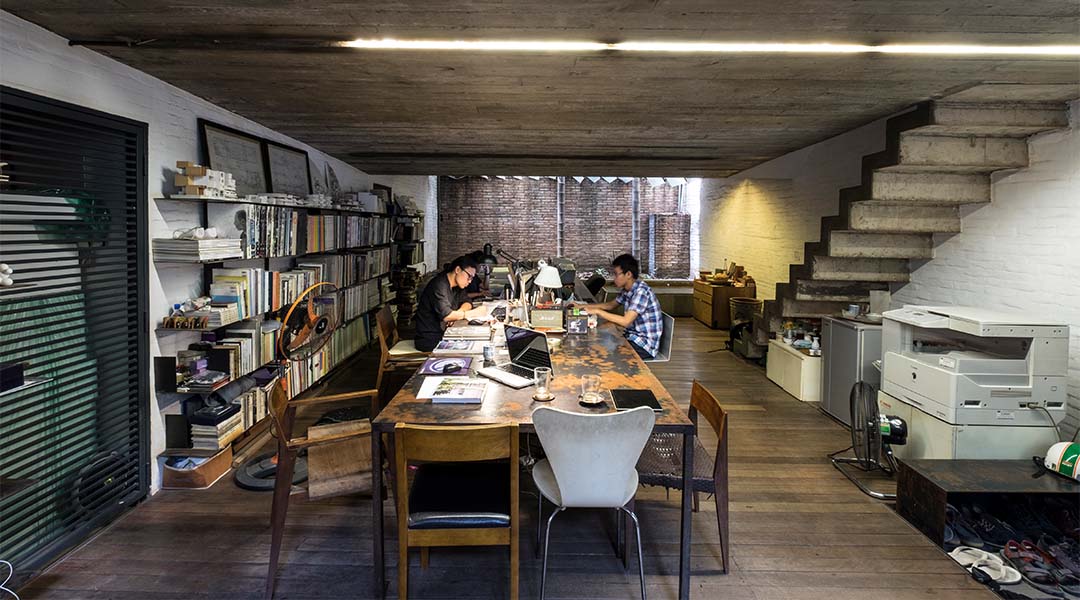
Grit Over Glitz: NISHIZAWAARCHITECTS principal on architecture and design
Unlike many architects who dream of prominence, NISHIZAWAARCHITECTS principal Shunri Nishizawa, has no desire to be famous. He is happily content doing what he enjoys the most – architecture.
After graduating from university, Nishizawa worked in the studio of renowned architect Tadao Ando for four years. He then made his way to Vietnam after former classmate Vo Trong Nghia invited him to work with him for a few projects. This partnership lasted for two years before he started S+Na (Sanuke + Nishizawa architects) with Japanese compatriot Dai Sanuke. Three years ago, he and Sanuke parted ways and established their own firms. This series of events led to the birth of NISHIZAWAARCHITECTS.


Situated in what was supposed to be the parking area of the Binh Thanh house’s residents, the firm’s home is a cool, roomy office space with an interesting story. The Binh Thanh house was a previous project of his collaboration with Nghia. Designed for the client’s two families—first, a married couple and their children, and second, the parents of the husband. Nishizawa soon found himself renting the three upper residential floors when the client’s wife decided to live together with her mother.
Work hours are flexible. People come to work between 8:30 am and 10:00 am. And while some would leave the office at 6 pm, others would continue their work till 10 or 11 pm. Some even prefer sleeping over; a side effect considering the firm’s horizontal organizational structure generating a workload shouldered by all in equal measure. Regardless of his more rigorous experience during his years working for Ando, Nishizawa recognizes how each person’s work ethic is different here. While Ando is known for his reportedly strong character when controlling his team, Nishizawa admits he lacks the charisma needed to instruct his staff in a disciplined manner. Instead, he has learned to develop his own style with the help of his team. His self-awareness has given him an understanding of how to be a more effective manager, making him a better listener and communicator. This made him all the more aware of how he can change his environment, which has helped him gradually develop his own philosophy of leadership.
Between three to seven members work for the studio at a given time. But even with a more collaborative stance in terms of the design process, Nishizawa explains how hard it is to find committed employees who can stay for long periods of time with the firm. Students who have failed their graduation projects often work for him for brief periods of time. These students eventually go back to their studies, fail again, and return to work for him. This cycle has earned the firm a certain reputation among students even if it is recognized by the community for its merits.
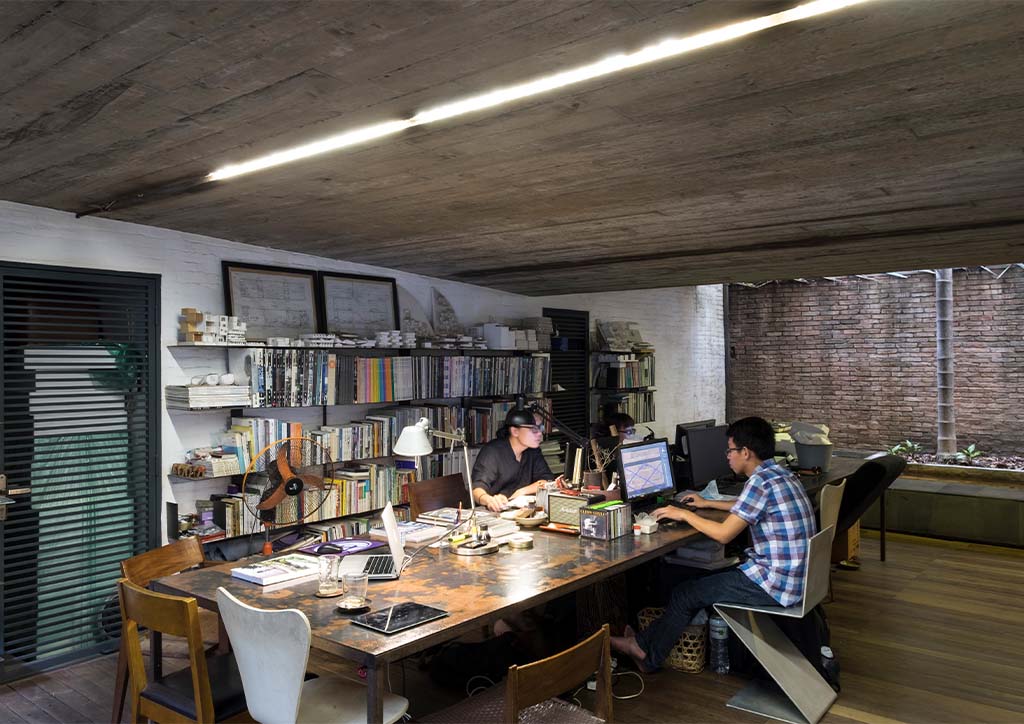
More than skills, his top requirement for hiring people is that they share the same dream with his team. After all, it is partly his responsibility as the principal to develop his employees’ skills and put them to good use regardless of their specialization. Without the same architectural targets as the firm, he says employees will find it challenging to get the most out of their work experience in this office.
On average, the team handles two to three projects a year. Using his knowledge and experience, Nishizawa leads in carefully analyzing each project. The grueling design thinking process can take up to four weeks. Conscientious in his design philosophy, he takes many factors into consideration before arriving with a suitable solution. And after much consideration, he then shares his struggles with the team, welcoming new ideas and discussing viable explications.
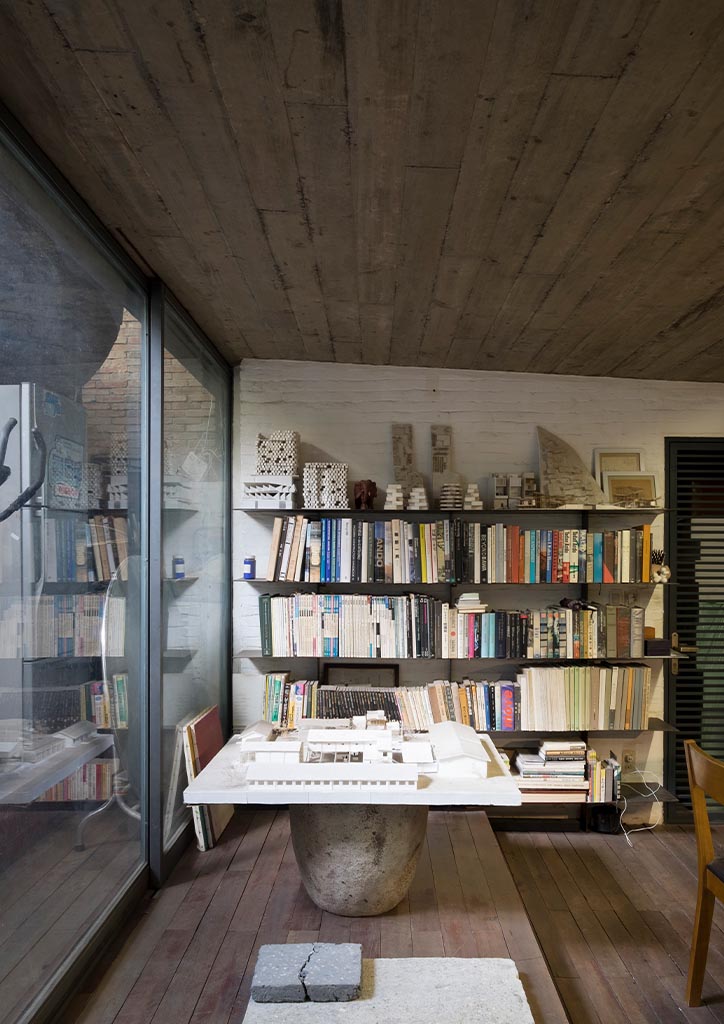
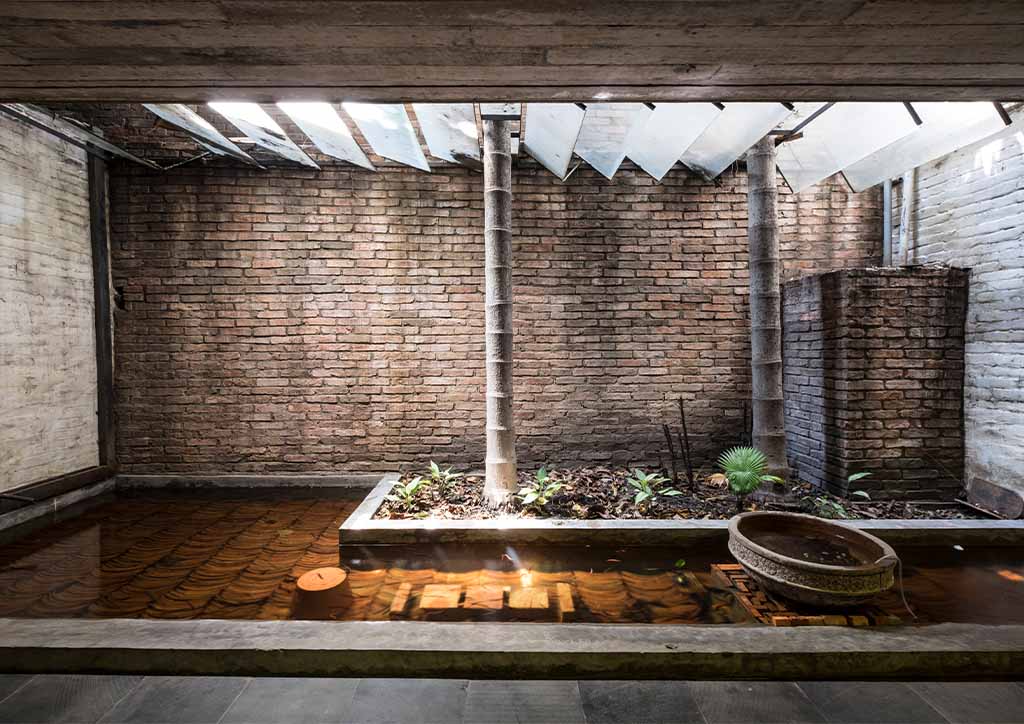
Nishizawa shares that in Japan, the client gives great respect to the work of the architect, hesitating to change the design by themselves. They would always contact the architect and ask permission first before they change something or request a revision of the design—and the architect will gladly accommodate this. In Vietnam, if the client feels dissatisfied for any reason, they will change things by themselves without informing the firm. This can be disheartening for the architect.
Based on his experience, this kind of freedom is prevalent in Vietnam. But after having worked in the country for three years, he has finally realized that this freedom to modify is really important to the lives of his Vietnamese clients. On the plus side of things, this brings people closer to the city and its architecture. It gives them the confidence to change their environment on their own. It is a luxury that they can freely enjoy. He adds, “The important thing is to keep this very close relationship, but at the same time keep the long term viewpoint. To keep the balance of those two things is very important to the architect.” And though he admits that reading the situation to gain a better understanding of what the client wants can be difficult, Nishizawa believes it is very important for architects to try.
Nishizawa narrates a story he heard of a Japanese conductor who moved to Vietnam. The conductor said that in an orchestra, listening to each musician is as important as listening to the whole group. For the individual musician, two things are necessary for playing with the group: one is to listen to other people playing and the other, is watching the conductor’s hands. But Vietnamese musicians, the conductor says, ignore both of these rules. They simply enjoy making music and listening to how they play.
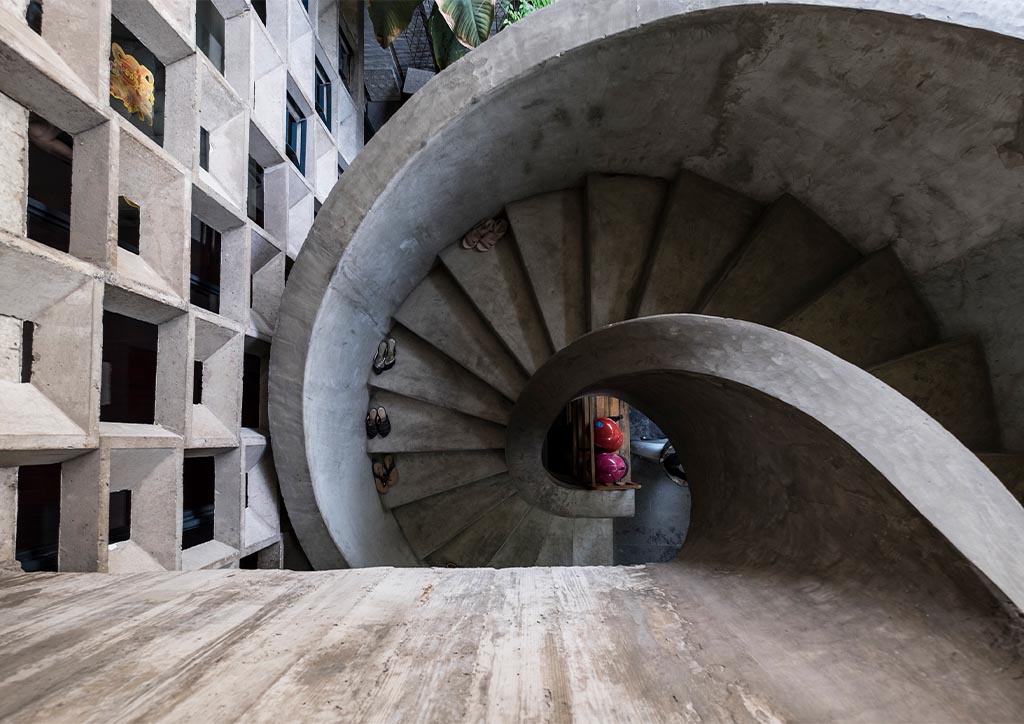
Without harmony, the cacophony of sounds is enough to upset the conductor. But sometimes, by accident, everyone’s emotions converge in one place; the end result is very beautiful however uncontrollable it may be. This is the point. If the conductor is more skilled, he can bind his orchestra’s passions to produce joy in music. By being fearless while aware of his surroundings, everyone will feel relaxed and retain their focus in creating and enjoying music. The harmonious end result comes after. At times it is successful, at times it is not. This is what, he feels, architecture in Vietnam is like.
“Business and life balance are very different in Japan and Vietnam. I don’t know which is correct, because I really love the way of life of Vietnamese people. That’s why I’m here. But, on the other hand, when we focus on the quality of design, or the madness of design, or the craziness of design, sometimes it’s important for the product. In Vietnam, sometimes it is very difficult to achieve this.”
Regardless of his frustrations with the current market, Nishizawa is persevering and hopeful. “I don’t know how to control them but I really want to know what their passions are, their motivation, and how they sustain it. But I have to develop my skills further—I’m not quite there yet” he says with determination.
Many famous architects believe that their work can change society, but Nishizawa is content with observers simply noticing and appreciating his work. The thought of his projects having a cultural impact on the nation sounds alien to him.

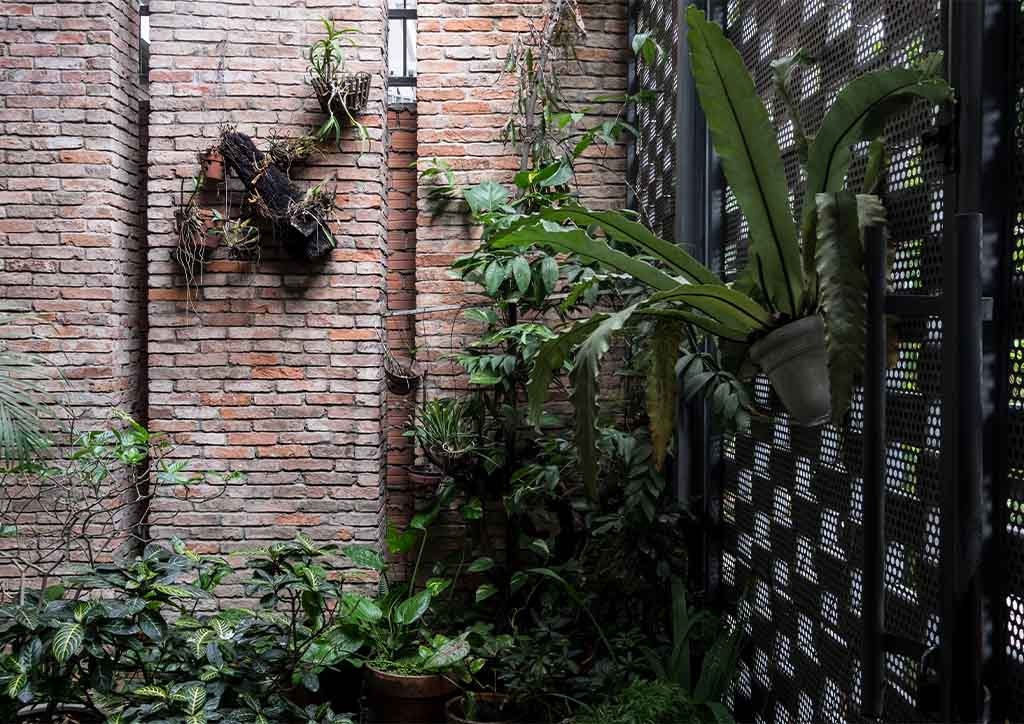
Instead of people simply appreciating the things that come into play in building these structures, the rise of capitalism has given more power to “investor logic.” This puts the focus on capital investment and monetary returns rather than what he calls the “richness” of a project. Designing is a succession of many decisions. By changing the order of this series of important decisions, the architecture becomes irrelevant and money becomes the primary driving force. This, he says, is a big problem and one he thinks he cannot change. As a result, Nishizawa thinks that architects today have less influence on society than they did in previous decades.
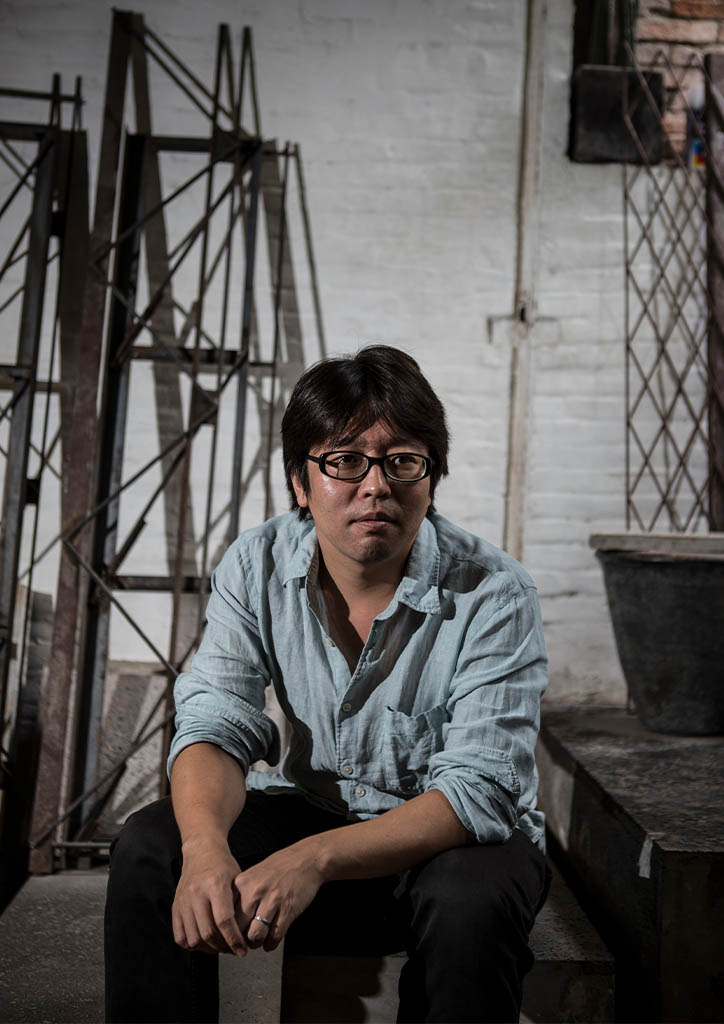
On the other hand, he believes that people form a strong bond with architecture through the houses they live in and the places they go to. He believes that architecture does have a power, but has no effect on social trends. Architecture may not have a strong influence as art, movies, fashion, or other cultural activities on everyday life. He says, “But architecture can keep talking to humans for a long, long time. For a building, the voice is small— it can keep talking, or persuading, and continue urging people to notice the city, space, or a specific culture and tradition.”
Asked about where he thinks NISHIZAWAARCHITECTS will be five to ten years from now, Nishizawa hesitates before humbly revealing that he has no idea. As a highly adaptive architect who has since evolved from his early days with Ando, he knows that he cannot do anything but anticipate what his tropical surroundings will give him. All we can do is wait and enjoy his craft.
This article first appeared in BluPrint Volume 4 2018. Edits were made for BluPrint online.
Photographed by Ed Simon
READ MORE: NISHIZAWAARCHITECTS revives a French colonial shophouse in Saigon


